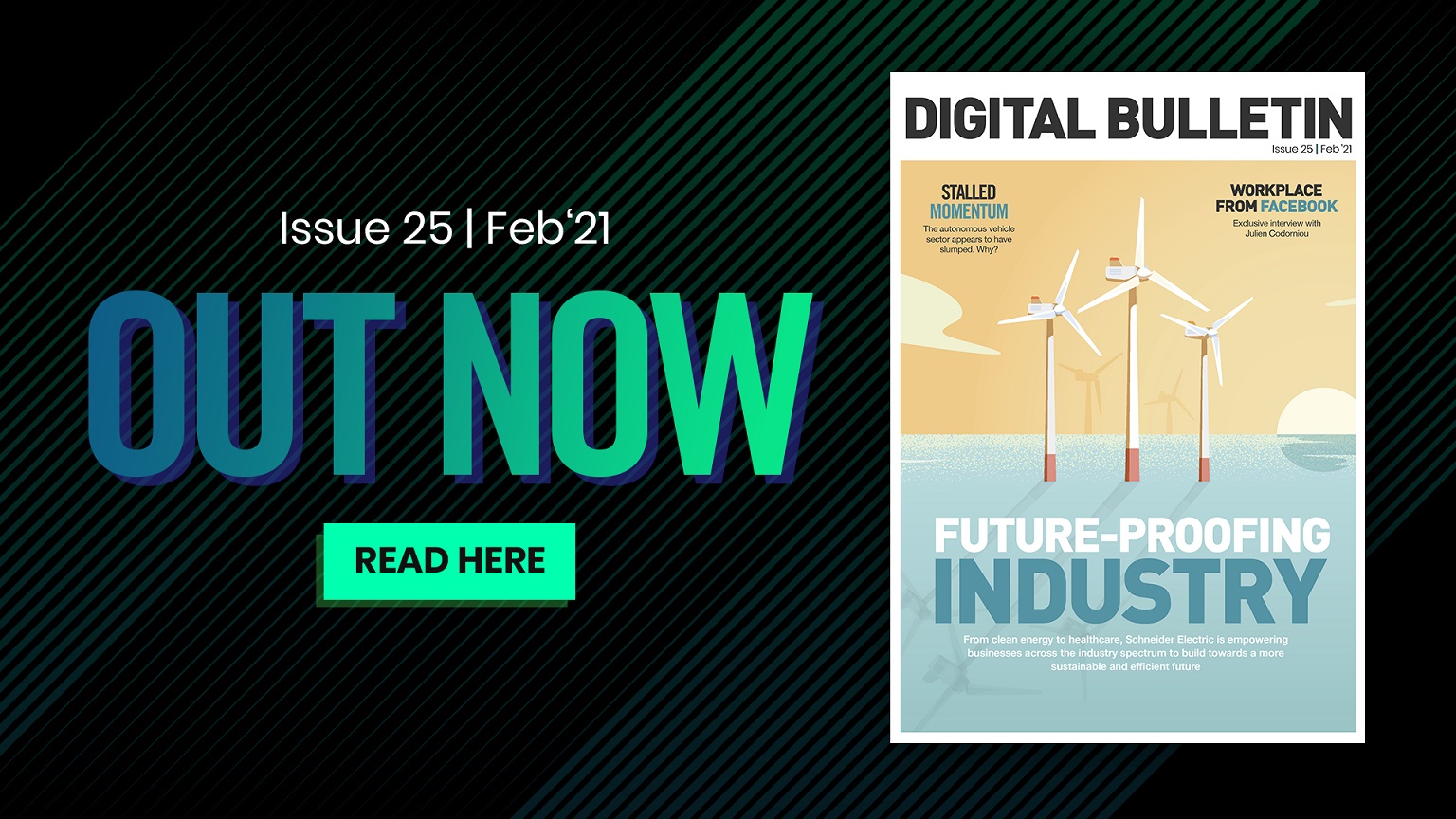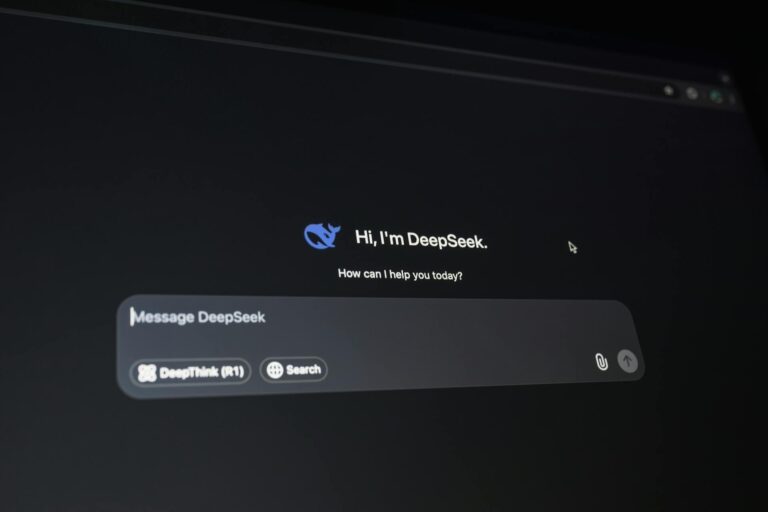
At the start of each year, technology experts and commentators queue up to tell the world which technologies will define the next 12 months, enabling enterprises to innovate and add value. Ultimately, some will fail, consigned to the annals of tech history alongside Apple’s Butterfly keyboard, Magic Leap AR glasses and pretty much every social media platform ever launched by Google. Others will prove their worth in niche areas without ever having a lasting impact on the world.
But there are other technologies that will emerge in 2021 that will go on to become defining technologies of their time – one of which is tipped to be hyperautomation. Picked out by Gartner in its ‘Top Strategic Technology Trends for 2021’ hyperautomation is “the idea that anything that can be automated in an organisation should be automated.
“Hyperautomation is driven by organisations having legacy business processes that are not streamlined, creating immensely expensive and extensive issues for organisations. Many organisations are supported by a ‘patchwork’ of technologies that are not lean, optimised, connected, clean or explicit,” said Gartner.
“At the same time, the acceleration of digital business requires efficiency, speed and democratisation. Organisations that don’t focus on efficiency, efficacy and business agility will be left behind.”
Automation has been around for some time, with enterprises increasingly leveraging technologies such as Robotic Process Automation to manage repetitive and predictable tasks and free employees up to work on more challenging and higher value programmes of work. So how much of a leap is hyperautomation compared with the automation that is widely used today?
Mathias Golombek, Chief Technology Officer at analytics database management software company Exasol, says: “Automation has been a trend across multiple industries for a number of years now. But with hyperautomation, you’re looking at the next level where you are trying to replicate the whole of an organisation digitally, taking in all of your processes and functions in the form of a digital clone or digital twin.
“That is a completely different vision to just optimising a few little things. You’re now attempting to integrate all of these various aspects, which is a heavy undertaking.”

The hype around hyperautomation is very real, but as with any technology it will not prove to be a silver bullet and any effective implementation will take time to achieve. Golombek says that organisations that are serious about introducing hyperautomation should look at it as a multi-year journey, while also ensuring that they have top tier data to draw on.
“It will be interesting to see just how much progress is made this year, but I think it is more likely that it is a process that will take companies a number of years to realise, maybe even a decade in some cases. One of the reasons it has come to prominence as a trend for 2021 is the maturity of digitalisation and also of the maturity of data management tools,” he comments.
“Just a few years ago, it was difficult to work with legacy systems but with modern database systems it is simpler to create these integrated platforms and data flows. Data science also has a large role to play here – it has become much more advanced within companies and you really do need that level of skill and expertise in-house if you want to successfully create these levels of automation.”
That advancement of data science and its applications has enhanced its reputation in the C-Suite, with companies seeing automation having a positive impact on their bottom lines. That standing is likely to help technology teams make the case for hyperautomation programmes within enterprise, building on the progress made by data science and advanced technology initiatives.
“Data science really started off as kids in a sandbox, but there is now a level of maturity and companies have dedicated data science resources that can be applied to hyperautomation. Having this kind of expertise and this mindset within companies represents a really important change,” says Golombek.
“Management knows about data science and what it is able to achieve, which was just not the case a few years ago for the most part. Now people can apply that thinking to the broader business, because that’s exactly what hyperautomation is all about. It’s rethinking what you can do to find patterns in your company, using data science to find patterns in data and create predictions and automated decisions on top of that. Data science is having a really big influence.”
Golombek says hyperautomation is key to solving the ‘80/20 trap’, where 80% of the data delivery effort is spent on organising and preparing the data, while only 20% is committed to analysing and maximising its use. It will, he believes, empower data teams with the agility they need to improve the ROI related to data delivery, eliminating mundane activities and leaving higher value work to humans.
With hyperautomation, you’re looking at the next level where you are trying to replicate the whole of an organisation digitally, taking in all of your processes and functions
In a time when the demand for talented data scientists and data engineers is only going one way, empowering them to work on exciting and stimulating projects will go a long way to ensuring companies can retain their best people.
“If you talk with data data management guys or data scientists, more than 80% of their time is struggling with data quality, data loading, ingestion, cleansing and curating and data governance and all that stuff around, which you are not interested in as a data scientist. You want to analyse the data and interact with the data, but not really handle all that boring stuff around it,” he says.
“I believe hyperautomation and data science can really help with that because through machine learning algorithms you can identify inaccurate data, for example. Using human knowledge you can create a kind of brain which might not be able to be 100% accurate, but there’s no reason it won’t be able to identify inaccurate data in 99% of cases. I believe the data management teams will benefit from that trend extremely.”
The potential for hyperautomation is a lucrative one for companies like Exasol, which is already seeing clients applying data science algorithms on top of its database to enable highly automated business functions. One of which is global sportswear brand Adidas, which is leveraging Exasol to dynamically price its products.
“Today, Adidas is a very digitally minded company, but that hasn’t always been the case. Until five or six years ago, it only sold its clothes and shoes indirectly but it took the decision to open its own ecommerce shop which has driven it to become far more digital than they’ve ever been before,” says Golombek.
“What Adidas is currently doing is applying data science algorithms on top of Exasol to enable dynamic pricing in its online stores. The prices are completely automated, hyperautomated, and nobody is taking human decisions anymore. It’s all based on data and algorithms in the background. It is a really interesting use case, although it is quite a narrow example.”

A broader example of hyperautomation that is being carried out on Exasol’s database platform is being showcased by UK fintech Revolut, a business that Golombek says is going through a period of “hypergrowth”.
“Revolut had to hyperautomate all of its internal processes and it applied data and data science across all departments, even the HR team. When Revolut hires people there, they have to know SQL for databases because it analysed the interview process from questions being asked to the correlation of the success of a role and really looked to optimise that. That’s a very good example of where a company starts as a digital native and is looking to create a hyperautomated environment to manage huge growth across all of its departments and processes.”
Looking ahead, hyperautomation will certainly have to prove itself at scale across enterprise if it is to live up to the hype. There are a number of technologies, says Golombek, that go through the “cycle of hype” – “you hear about these trends and buzzwords, but some get lost in the dark, nobody talks about them anymore.
“But hyperautomation is really interesting. It is going to take many years for companies to really use the technology to fulfill their visions and it will certainly start with early adopters who can begin by applying it on a small scale, which can then be scaled up, as is the case with Adidas.
“Companies should really think about what they want to get from hyperautomation. Is it about just cost reduction or about becoming more competitive? I think one of the most interesting applications will be for organisations that really want to get a better understanding of how their businesses operate. By creating digital twins, you can really look to understand and rethink every process
“Even if you don’t opt to automate everything afterwards, that is a journey that is really going to help people better understand their businesses and get to a point where they have a better idea of what can or needs to become digitalised.”



